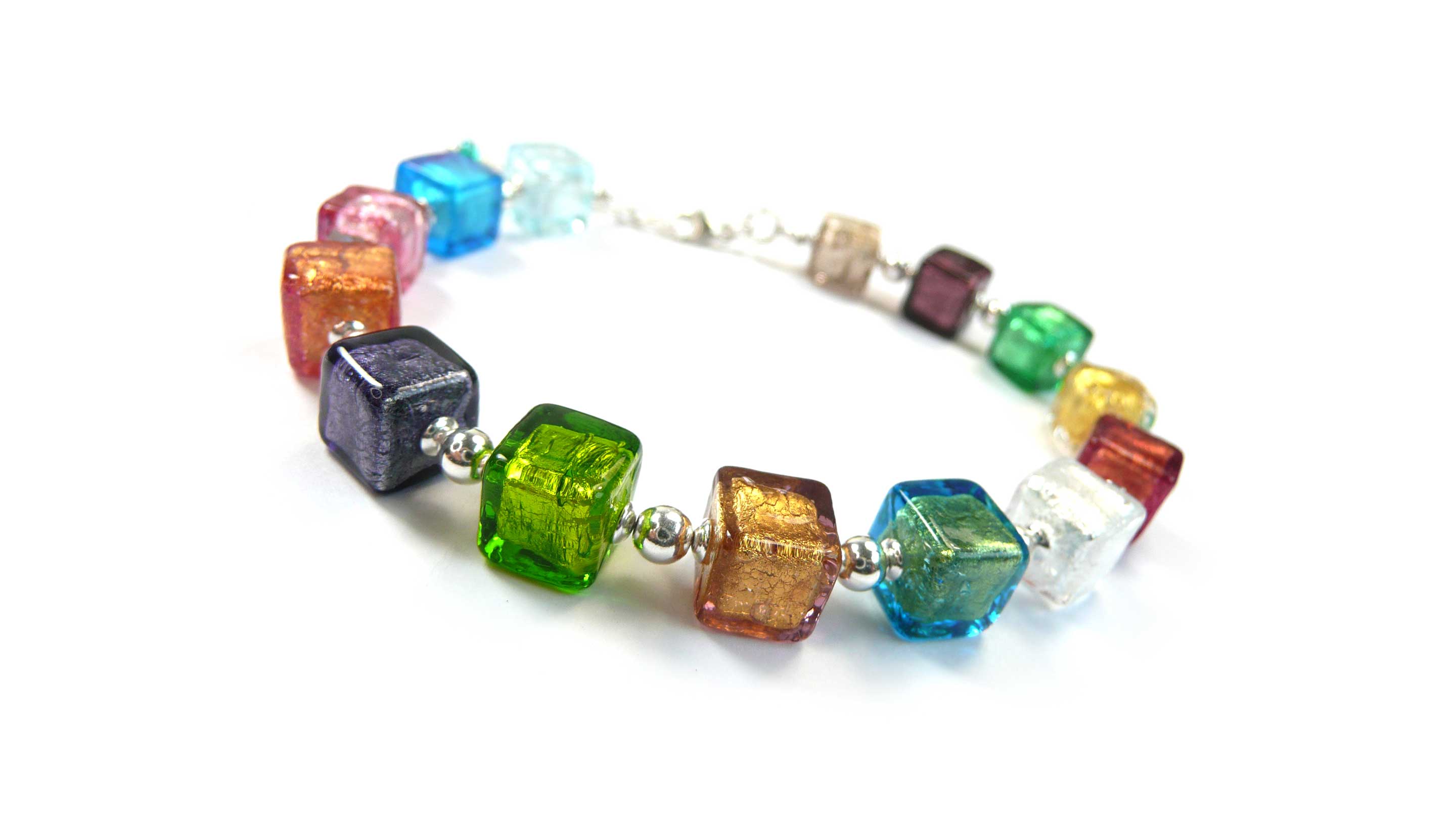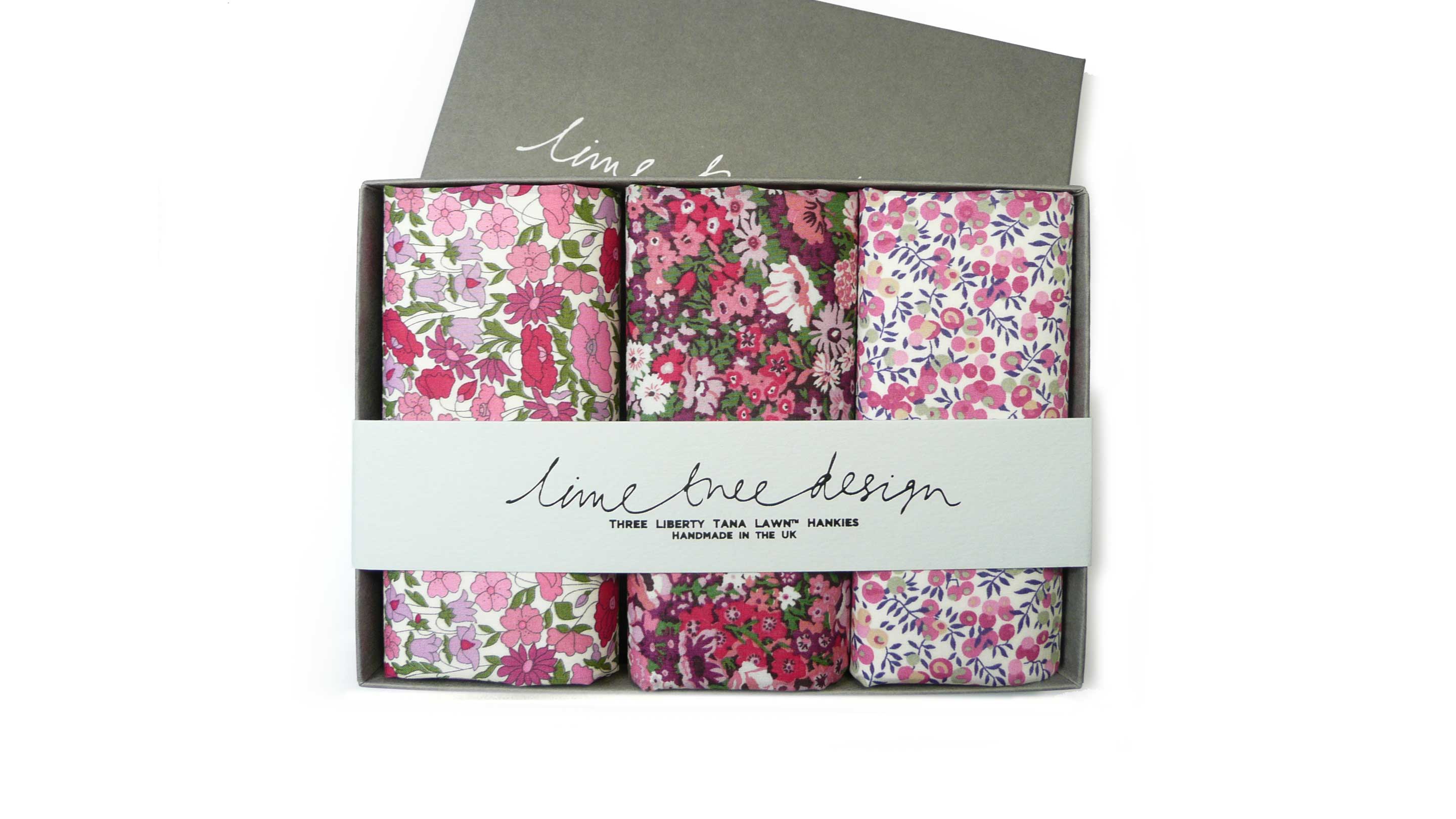What is Lampwork Glass?
Two types of glass

Lampwork is the term used for making beads and other shapes from melting and forming glass in a flame - hundreds of years ago, the glass used to be heated over a small oil burning lamp, hence the term 'Lampwork'.
There are predominately two types of glass that are used to make lampwork glass jewellery - they are soft glass which contains soda and lime and a hard glass which is called borosilicate. Soft glass melts at a lower temperature and is therefore seen as easier to work with, however it has its drawbacks too as it is more brittle than the aptly named hard glass. Borosilicate requires a higher temperature to work in and therefore needs a torch that uses pure oxygen to produce the hotter flame which is also used in the colouring of the chemicals in the glass. Whichever glass is used, once molten and formed into the finished piece, the glass has to be annealed fully. This is done by use of a kiln which keeps the glass at a high temperature and then very slowly decreases the temperature to avoid shocking and cracking the piece - this makes it hard wearing too.
Turning glass into jewellery

Making beads is a very skilled undertaking. Knowledge of which colours work well together chemically and good hand co-ordination are important. The artist starts by using a metal rod called a mandrel which is used as the base around which the bead is formed. They will dip it in a release agent which can be clay-based to allow the bead to come off after annealing. Then they will select the glass to be used, which is also in a rod form. Both the glass and the mandrel are gently heated in a fixed flame until the glass is pliable enough to wind around the mandrel. This is done by rotating the mandrel in one hand whilst offering up the glass with the other. Many layers can be added, and techniques applied to incorporate bubbles or indents. Usually to finish, a layer of clear glass will be added to the bead which has the effect of magnifying to give depth. The beads can be shaped by gravity or by using tools, paddles or presses.
Once the artist is happy with the finished result, the mandrel is placed into a kiln where the temperature is raised to a specific heat for the type of glass to allow it to reach its stress relief point. It’s held at this temperature for a period of time and then cooled very slowly. It is not until the artist opens the kiln after cooling that they can see if the colours and design they have used have been successful. The beads are taken off the mandrel and thoroughly cleaned, removing all traces of the clay release agent inside the bead hole. Sometimes a lampwork artist will work on a bead after this process. This is called cold working and can include sandblasting, etching and grinding. The effects can make for very different finishes on the beads which usually differ from the otherwise shiny and very obvious glass appearance.



















